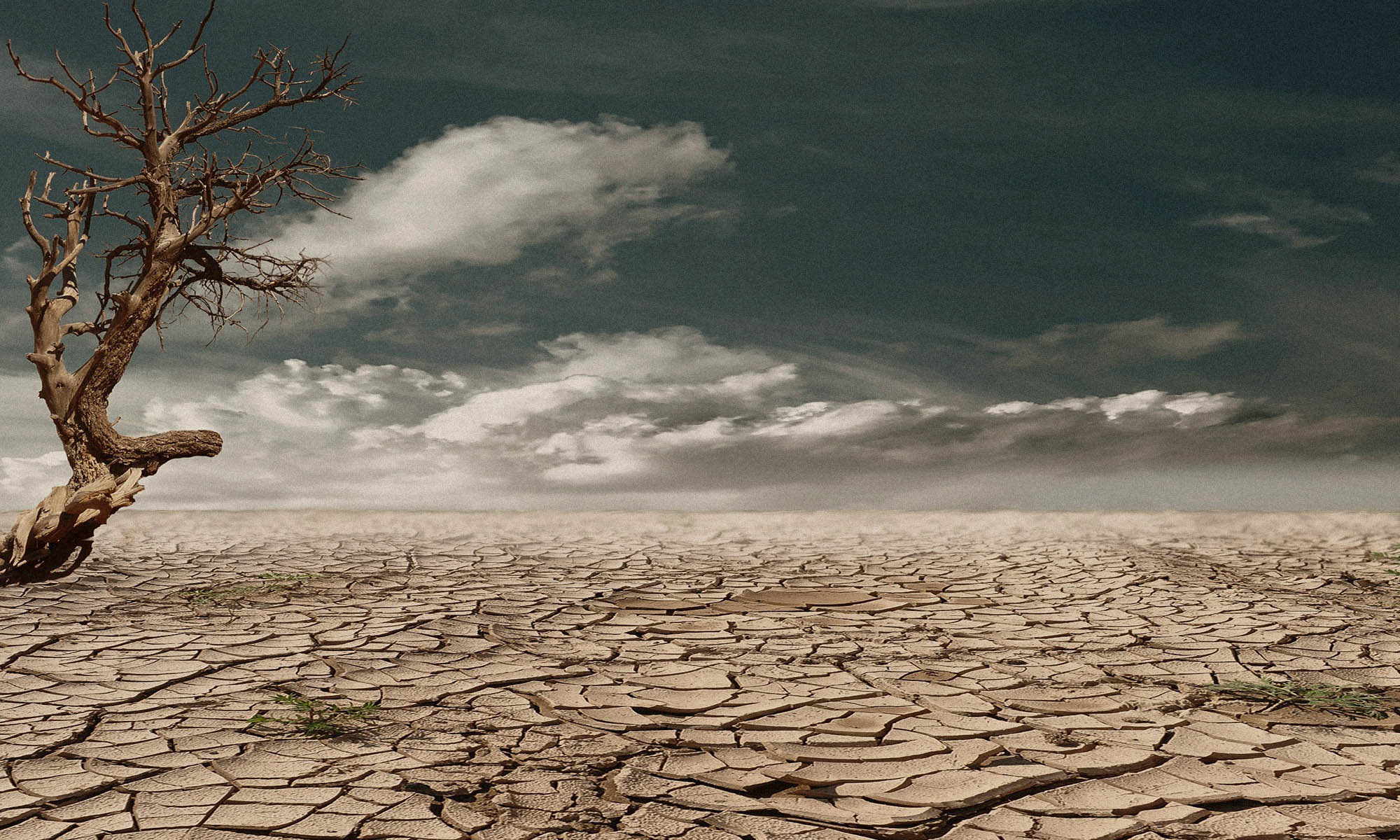I will give you a very brief description of the lessons we learnt on planting weeding and pest control because. Take them very seriously. This phase of crop cultivation is what really determines whether you will reap bountifully or not.
- By all means, select your seeds well. Seek help from available agricultural institutions/practitioners if you aren’t sure. If you cannot get certified seeds, get the ones that you can but take you time to sort them well, selecting the healthy, undamaged ones for planting. Good quality seed means high quality produce.
- If possible, pre-spray a broad spectrum herbicide two days before planting. This will go a long way into saving you the trouble of dealing with the weed menace when your crops germinate. Even if weeds grow later, you will have more time concentrating on improving yield rather than controlling weeds. Remember that more weeds means more pests, so if you are going to wait to deal with weeds later, you sure will have to deal with very destructive pests harbored in there at the same time. If you destroy weeds and leave pests, they will have only crops to feed on.
- Do a good research on modes of planting. I will tell you for sure that so far, in Narok, there is no planter for beans. They lie to you that they have but truth is that they are using the maize planter. The gauge (spacing and number of seeds) will not be right. Available planters are for wheat and maize. Last year (2014) I cultivated 10acres of beans and used people (manual laborers). I did not regret.
- When planning to spray, whether herbicide, fertilizer or pesticide, consult agricultural experts if you aren’t sure what chemical to use. It is also wise to decide early whether you want to use a tractor or knapsack sprayer. Whatever you choose to use, consult the operator on the amount of water they normally use on an acre of land or per drum used. It will help you make closer approximations on the amount of chemical(s) to buy for your job.
- Do not do things in a hurry. Plan well your timing and finances. It will cost you much if you delay in carrying out any particular measure, be it weeding or any other. Close monitoring of crop is critical and so is quick decision making. Delays will cost you.
- If you come across a situation, be it weeds, pests or disease invasion that you do not comprehend well, a photograph can help when you are seeking help from an expert. Make use of your smart phone.








